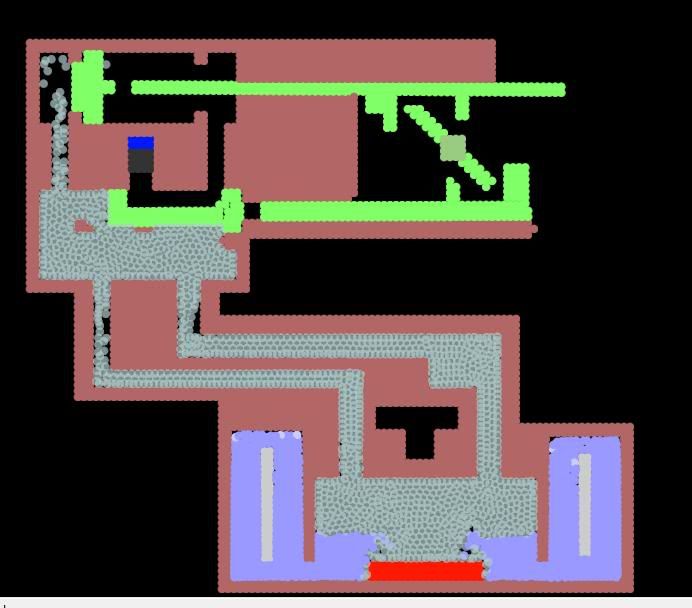It's a demo program for some japanese program called the Octave Engine. http://www.octaveengine.com/en/casual/trial.html
It operates like a basic paint program, only you can use the radio buttons to give what you painted physics properties like water, fire, walls, elastic slush, ect. Not really intended for any kind of serious physics people, more of a fun program to muck around with. But placing heat on water will cause it to evaporate in to steam, which will condense when in contact with the cooler, ect.
Some quick tips, the inflow means that water will flow in from whatever you paint with it, outflow will act as a drain, fuel is jut a rigid object that can catch on fire, I haven't figured out what jet does.
Have fun!
It operates like a basic paint program, only you can use the radio buttons to give what you painted physics properties like water, fire, walls, elastic slush, ect. Not really intended for any kind of serious physics people, more of a fun program to muck around with. But placing heat on water will cause it to evaporate in to steam, which will condense when in contact with the cooler, ect.
Some quick tips, the inflow means that water will flow in from whatever you paint with it, outflow will act as a drain, fuel is jut a rigid object that can catch on fire, I haven't figured out what jet does.
Have fun!



